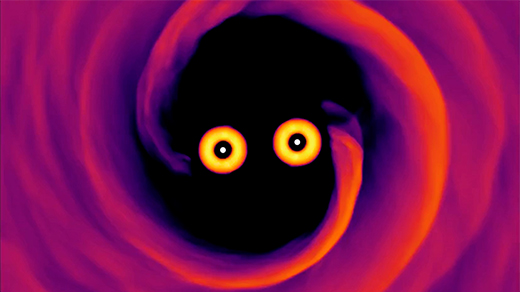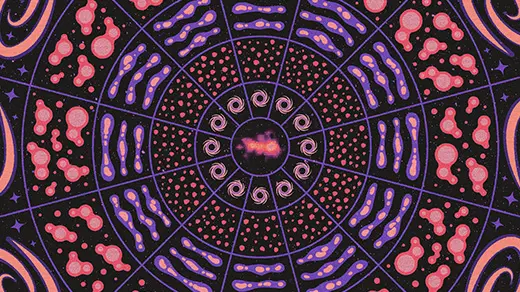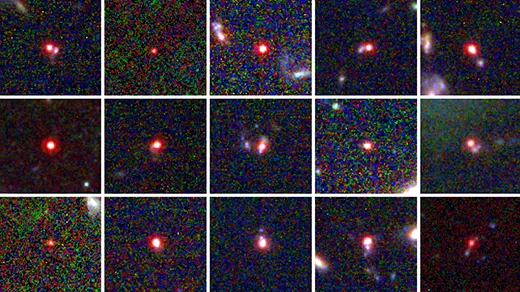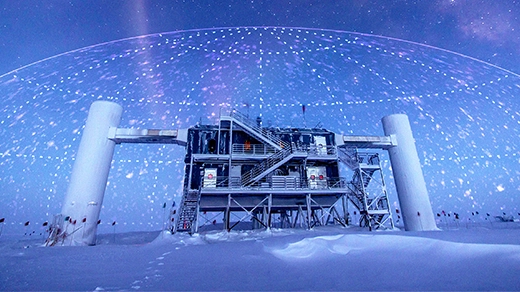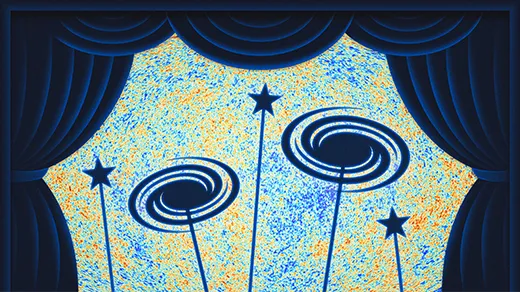What's up in
Galaxies
Latest Articles
How Do Merging Supermassive Black Holes Pass the Final Parsec?
The giant holes in galaxies’ centers shouldn’t be able to merge, yet merge they do. Scientists suggest that an unusual form of dark matter may be the solution.
The ‘Beautiful Confusion’ of the First Billion Years Comes Into View
Astronomers are reveling in the James Webb Space Telescope’s discoveries about the formative epoch of cosmic history.
Tracing the Hidden Hand of Magnetism in the Galaxy
Susan Clark is helping to unravel the mysterious workings of the Milky Way’s magnetic field, a critical missing piece of the galactic puzzle.
Radio Maps May Reveal the Universe’s Biggest Magnetic Fields
A controversial technique has produced detailed maps of the magnetic fields in colossal galaxy clusters. If confirmed, the approach could be used to reveal where cosmic magnetic fields come from.
In the Milky Way’s Stars, a History of Violence
Our galaxy's stars keep a record of its past. By reading those stories, astronomers are learning more about how the Milky Way came to be — and about the galaxy we live in today.
JWST Spots Giant Black Holes All Over the Early Universe
Giant black holes were supposed to be bit players in the early cosmic story. But recent James Webb Space Telescope observations are finding an unexpected abundance of the beasts.
A New Map of the Universe, Painted With Cosmic Neutrinos
Physicists finally know where at least some of these high-energy particles come from, which helps make the neutrinos useful for exploring fundamental physics.
Astronomers Dig Up the Stars That Birthed the Milky Way
There once was a cosmic seed that sprouted the Milky Way galaxy. Astronomers have discovered its last surviving remnants.
Shadows in the Big Bang Afterglow Reveal Invisible Cosmic Structures
Cosmologists are using secondary signatures from the cosmic microwave background to map the universe’s hidden matter.
